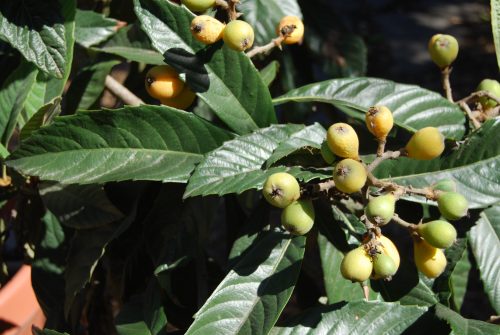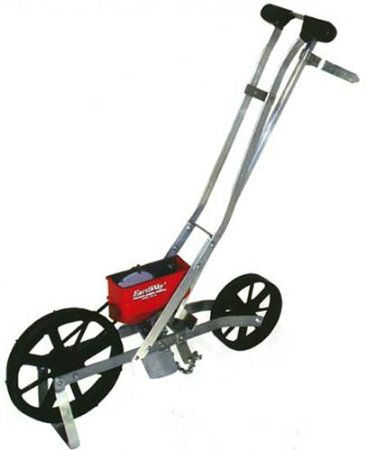A question came in to Ask Gardenerd this week:
“Hi, I’ve just harvested my garlic and it’s ok but a little small. Any tips to get it fatter. John, ps Love your site”
Thanks for writing in John, and I’m glad you like the website. Since your email address seems to be in Australia, it makes sense that you would be harvesting garlic right now.
I have my own answers to growing big garlic, and it starts with choosing the right variety. My favorite is Kettle River Giant, a softneck variety that yields big bulbs year after year in my climate. Here’s a blog post about our experience with it in the Gardenerd Test Garden:

Mega Garlic
I did a quick search to find specifics about growing in Australia and found this handy document from the NSW Department of Primary Industries (I don’t know specifically where you are in Australia, but hopefully this will help).
Soil Conditions and planting time:
It basically instructs farmers and gardeners to grow garlic in an area that doesn’t have to compete with weeds, in soil with a pH range between 5.5 and 7.0, that is, of course, loamy, fertile and well-drained. Other sites suggest planting in even more alkaline soil (6.0 – 7). Aside from those basics, it also lists varieties that do well in your climate, as well as the suggestion to plant your garlic in Autumn (March or April) for the longest growing period before frosts hit.
Nutrients:
You’ll need phosphorus and potassium for your blubs to grow large, and if you have heavy soil, give it plenty of nitrogen in the beginning to encourage green leafy growth. Do a soil test next year before you plant to see what your NPK levels are and amend accordingly.
I like watering with kelp emulsion mid-season to fertilize garlic – it gives a low level of a broad spectrum of nutrients including potassium when plants need it most.
Watering:
Keep your plants evenly watered. This is key. If they dry out, they may become stressed and send up shoots or a flower stalk. This indicates that the bulb is trying to form more bulbs to finish up its life cycle, but they will most likely be tiny. Cut back on water as the leaves start to turn brown. Cut off water completely about a week before you plan to harvest, to help the outer layer dry out.
Make sure you rotate your crop each year so you don’t plant in the same place for at least 3 years.
I hope this helps you next year when you plant your next garlic crop. Again, thanks for writing in, and happy gardening!



Pingback: Gardenerd: It's a Garlic Planting Party - Win a Party Prize Package!Gardenerd: